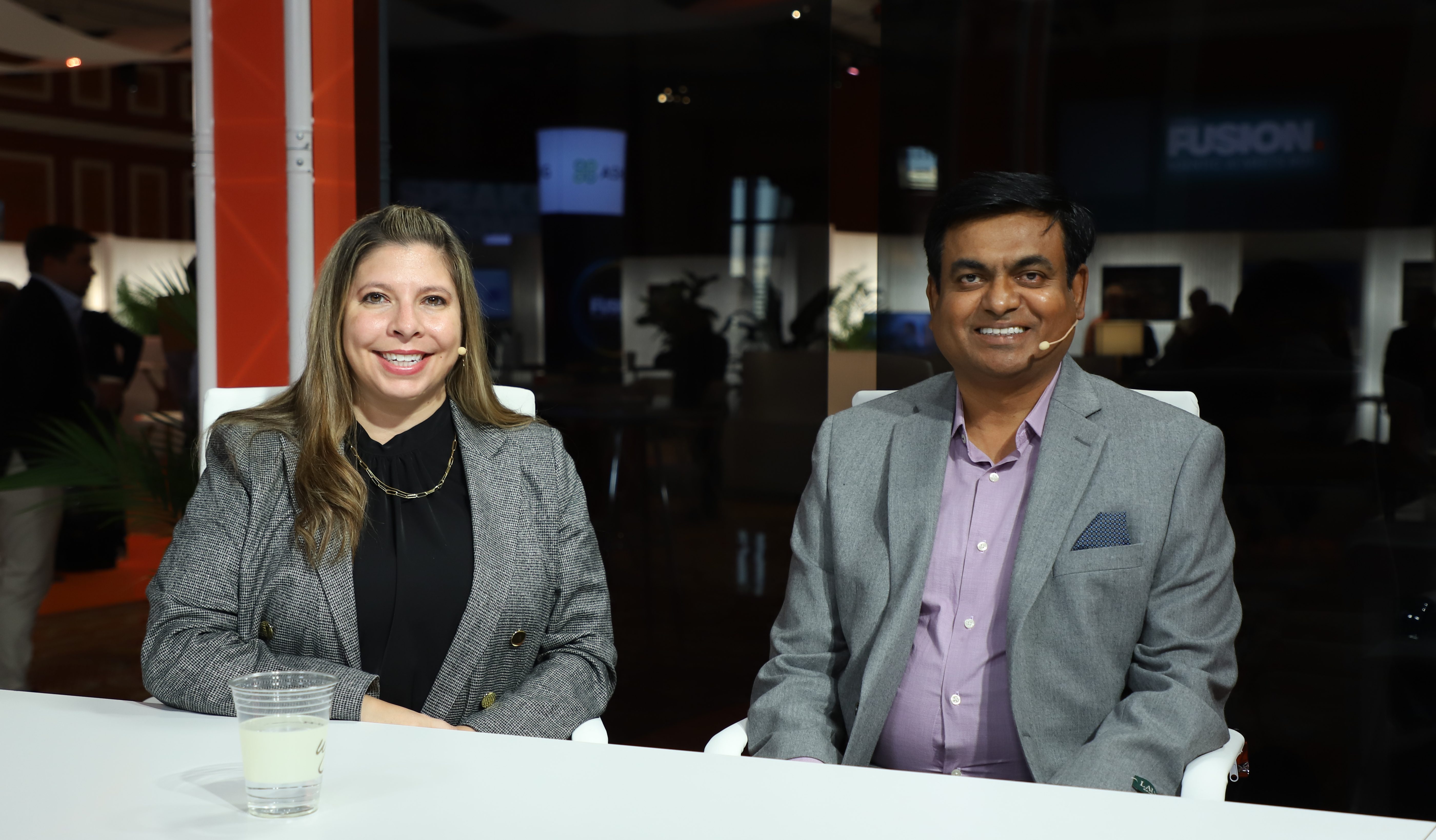
Automation and operational efficiency are drawing the dividing line between companies that accelerate and those that idle. The organizations seeing real returns aren’t just deploying artificial intelligence — they’re stripping friction out from manual workflows and allowing machines to make structured decisions at scale.
While education isn’t often seen as an automation proving ground, it may be one of the most demanding. The sector is defined by inconsistent policies and high-stakes compliance requirements, and industries with that level of friction are long overdue for automation. But even well-designed systems won’t scale unless the people inside those workflows believe automation is there to give them time back, not take control away, according to Mariesa Coughanour (pictured, left), head of advisory, North American delivery and mindshare for automation and agentic AI at Cognizant Technology Solutions Corp.
“I think these agents are really freeing up the time that we wanted to be able to free up in the past, giving value time back to these employees in the organizations,” she said. “We don’t want people working on the mundane, repetitive Q&A kind of thing. Let’s put technology to work. Let’s make it work for us, so we feel like we’re actually getting that value versus all of that work that we probably didn’t want to get to anyway on our list.”
Coughanour and Venkat Bhaskara (right), director of automations, AgentOps, at Pearson Education Ltd., spoke with theCUBE’s Rebecca Knight and Dave Vellante at UiPath Fusion, during an exclusive broadcast on theCUBE, SiliconANGLE Media’s livestreaming studio. They discussed how automation and operational efficiency are evolving from static workflows to agentic systems that can reason, decide and act across complex environments. (* Disclosure below.)
Bringing automation and operational efficiency to life
Pearson’s student systems are showing that agentic automation can handle decisions once reserved for human reviewers. During peak enrollment season, staff used to manually verify whether submitted documents met eligibility rules — from birth certificates to rental agreements with conflicting signature requirements — but that logic is now offloaded to a rules-driven agent that escalates only when ambiguity demands human judgment, according to Bhaskara.
“The agent will go look into that information and then it can make any of the policy changes that happens,” he said. “You don’t have to go and record and all that. That’s a big efficiency [that] we are driving now.”
That approach is becoming common across industries as enterprises recognize that automation is no longer limited to predictable task execution. Even discretionary decisions — the kind that once required confirmation from a human — are now being delegated to agents operating within defined guardrails. One example Coughanour cited was a human resources assistant agent capable of coordinating time-off requests by independently consulting different teams and returning with recommendations.
“We’re seeing agentic really being able to take on a much larger workload than you would’ve imagined before, especially in different areas,” she said. “Sometimes it can go make a decision for you … We can give it guidance as it’s learning and it’s bringing back insights to you that actually help drive business decisions that you do see people saying, ‘You know what? I’m OK in this situation. I feel confident. Let the agents make those decisions.’”
Here’s the complete video interview, part of SiliconANGLE’s and theCUBE’s coverage of UiPath Fusion:
(* Disclosure: Cognizant Technology Solutions Corp. sponsored this segment of theCUBE. Neither Cognizant nor other sponsors have editorial control over content on theCUBE or SiliconANGLE.)
Photo: SiliconANGLE